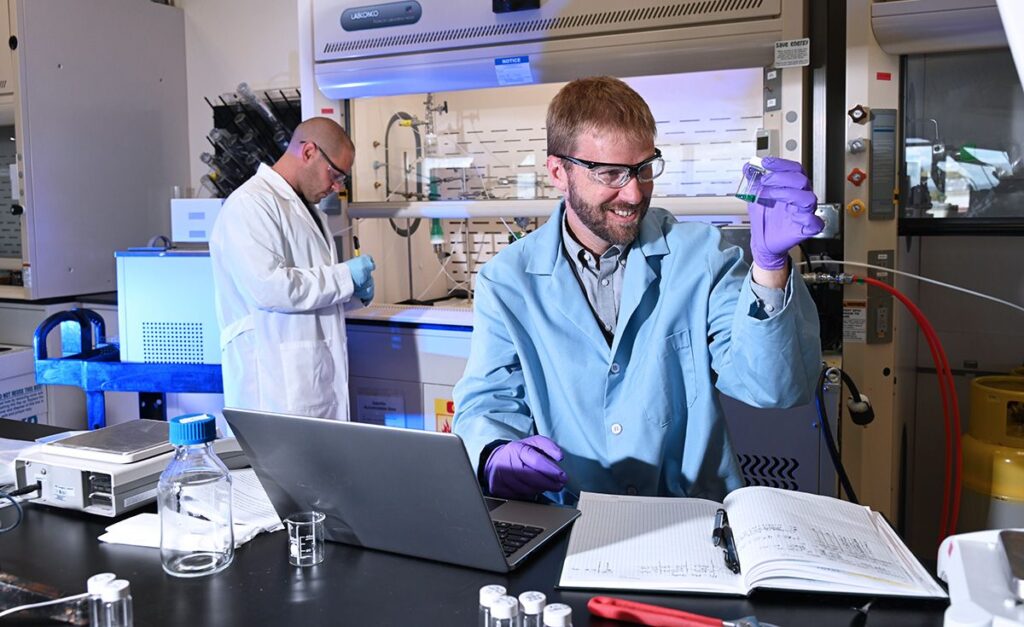Milestones and achievements characterize US Critical Material’s journey: In the last year, we have experienced several successful findings, a steady flow of innovations, and expansions through organic growth. The following timeline affirms our successes within a very short time frame. These are vital checkpoints as they identify breakthroughs that we are very proud of.

INL and US Critical Materials are partnering to advance rare earth element separation technologies in the U.S., focusing on developing solutions to address the environmental issues related to mining and processing.
The increased need for rare earth elements makes finding effective, efficient and environmentally safe methods for mining and recycling them even more vital.



US Critical Materials has nearly nine percent, 9 % TREO (89,932ppm), far ahead of any other domestic rare earth resource. The deposit also has readings of 2.4% (23,810ppm) combined neodymium and praseodymium, which are both essential for the green economy. US Critical Materials has recently confirmed carbonatite mineralization at depth, below high-grade surface samples of 17.05% TREO and 16.44% TREO. The Sheep Creek, Montana, property under claim by US Critical Materials totals seven (7) square miles.

One characteristic that sets Sheep Creek apart from most other rare earths projects in the U.S. is the fact that significant mineralization has been accessed and sampled underground via pre-existing mine workings.
US Critical Materials has recently confirmed mineralization at depth below high-grade surface samples of 17.04 % TREO and 16.44% TREO. Based on the presence of mineralization at depth, the technical team intends to focus exploration efforts on these promising zones. Two of three historic adits, Adit #3 and Adit #1, have been successfully opened and sampled Rare earth samples taken from 125 feet below ground in the adits confirm over 10% (100,000 ppm) of total rare earth oxides, (TREO) including high levels of neodymium and praseodymium. These rare earth readings far exceed any other domestic rare earth resource. The results included channel samples from 2 underground adits (tunnels) that were unsealed in October 2022 and sampled in November 2022. These adits are dug up to 400 feet horizontally and are 125 feet below the surface. The analytical results were obtained from Activation Labs, Ancaster, Canada. Results from opening, mapping, and sampling of the underground workings will support the filing of a Plan of Operation with the U.S. Forest Service for summer 2023 drilling.
